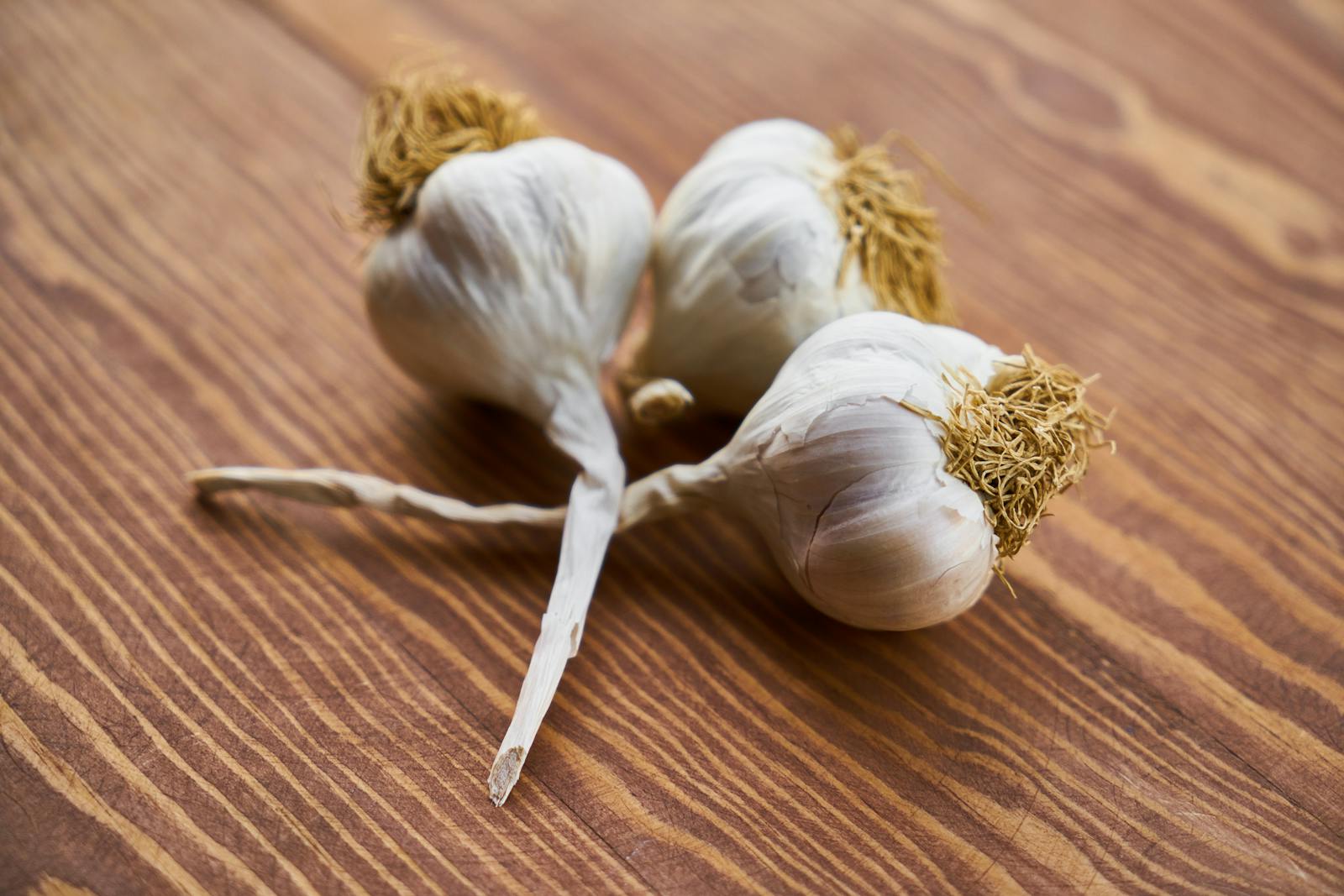Menopause is a natural stage in a woman’s life that marks the end of her reproductive years. It is often accompanied by symptoms such as hot flashes, mood swings, night sweats, and decreased bone density, all of which can affect a woman’s quality of life. While hormone replacement therapy (HRT) is a common treatment, some women prefer natural alternatives, including dietary changes. Phytoestrogens—plant compounds that mimic the effects of estrogen in the body—are among the most popular natural options for managing menopause symptoms. By including foods rich in phytoestrogens in your diet, you can potentially help regulate hormonal fluctuations and alleviate symptoms.
This article explores 13 of the best foods high in phytoestrogens that can support women during menopause.
1. Flaxseeds
Flaxseeds are one of the richest sources of lignans, a type of phytoestrogen. Lignans mimic estrogen in the body, making them particularly beneficial for women experiencing menopause. Studies suggest that flaxseeds can help reduce the frequency and severity of hot flashes, as well as improve vaginal health. They also contain omega-3 fatty acids, which support heart health, a key concern for women post-menopause.
Incorporating flaxseeds into your daily routine is easy—you can add ground flaxseeds to smoothies, oatmeal, or yogurt. Since flaxseeds must be ground for the body to absorb their nutrients, it’s a good idea to grind them yourself or purchase pre-ground flaxseed meal.
2. Soybeans
Soybeans and soy-based products like tofu, tempeh, and soy milk are well-known for their high phytoestrogen content, specifically isoflavones. Isoflavones can bind to estrogen receptors in the body, mimicking estrogen’s effects, which may help alleviate menopausal symptoms such as hot flashes, night sweats, and mood swings.
Soy products are an excellent source of plant-based protein, and incorporating them into your diet can have additional benefits such as improving heart health and reducing cholesterol levels. You can add soy milk to your coffee or cereal, incorporate tofu into stir-fries, or snack on edamame for a healthy, phytoestrogen-rich treat.
3. Sesame Seeds
Sesame seeds are another great source of lignans, which have estrogenic properties. These tiny seeds pack a nutritional punch, offering not only phytoestrogens but also essential minerals like calcium, magnesium, and zinc, all of which are crucial for maintaining bone health post-menopause. The estrogenic effect of lignans in sesame seeds may help in regulating hormonal fluctuations and alleviating symptoms like hot flashes.
You can easily sprinkle sesame seeds over salads, stir-fries, or smoothies, or use tahini (a sesame seed paste) as a spread or dressing base. Including sesame seeds in your diet is a simple way to boost your intake of phytoestrogens while benefiting from their bone-strengthening properties.
4. Chickpeas
Chickpeas, a staple in Mediterranean and Middle Eastern cuisine, are a good source of isoflavones, a type of phytoestrogen. Isoflavones can help modulate estrogen levels in the body, making them beneficial for women undergoing the hormonal changes of menopause. Chickpeas also provide fiber, protein, and key nutrients like magnesium and potassium, which support heart and bone health.
You can incorporate chickpeas into your diet by making hummus, adding them to salads, or using them as a base for stews and soups. Chickpea flour is another great option for gluten-free baking, and it can increase your phytoestrogen intake in a delicious and versatile way.
5. Lentils
Lentils are another legume rich in isoflavones that can help with hormonal balance during menopause. Lentils are also packed with fiber, protein, and B vitamins, which are essential for energy production and metabolic health. Isoflavones in lentils may help alleviate common menopausal symptoms like hot flashes and night sweats, as well as support bone health due to their estrogen-like effects.
Lentils are versatile and can be used in soups, stews, salads, or as a meat substitute in various dishes. By adding lentils to your meals, you not only boost your intake of phytoestrogens but also provide your body with key nutrients that support overall health during menopause.
6. Tofu
Tofu is one of the best-known plant-based sources of phytoestrogens, specifically isoflavones. Tofu’s estrogenic effects can help regulate hormone levels in menopausal women, potentially reducing symptoms like hot flashes, mood swings, and vaginal dryness. Tofu is also an excellent source of calcium and vitamin D, both of which are essential for bone health as estrogen levels decline during menopause.
Tofu is highly versatile and can be used in a variety of dishes, from stir-fries and soups to smoothies and desserts. Incorporating tofu into your diet provides a good balance of phytoestrogens and essential nutrients that support overall health during menopause.
7. Alfalfa Sprouts
Alfalfa sprouts are a rich source of coumestans, another group of phytoestrogens that can help support hormonal balance. Though they contain lower levels of phytoestrogens compared to other foods like soybeans and flaxseeds, alfalfa sprouts still offer significant benefits for menopausal women. Alfalfa is known for its nutrient density, providing vitamins A, C, K, and a range of minerals that promote bone health.
Alfalfa sprouts are easy to add to sandwiches, salads, and wraps for a fresh and nutritious crunch. Including these in your diet can offer a light yet beneficial boost of phytoestrogens to help support your body during menopause.
8. Red Clover
Red clover is often consumed as a supplement or herbal tea, but it’s also packed with isoflavones that mimic estrogen in the body. Red clover is particularly helpful for reducing hot flashes, improving bone density, and enhancing cardiovascular health. The isoflavones found in red clover can bind to estrogen receptors, helping to alleviate symptoms of menopause.
You can enjoy red clover in tea form or find it in supplement form for a more concentrated dose. Regular consumption of red clover may provide relief from menopausal discomforts, especially when it comes to temperature regulation and bone health.
9. Peaches
Peaches are not only a delicious fruit but also a source of lignans and isoflavones. These compounds can help modulate estrogen levels and provide relief from menopausal symptoms like mood swings and hot flashes. Additionally, peaches are high in antioxidants such as vitamin C and beta-carotene, which support overall health and skin vitality during menopause.
Adding fresh peaches to your diet can help increase your phytoestrogen intake while providing a sweet, refreshing way to support your body’s hormonal needs. Enjoy them as a snack, in smoothies, or in salads to take advantage of their many health benefits.
10. Sunflower Seeds
Sunflower seeds are another great source of lignans, which can help balance estrogen levels during menopause. In addition to their phytoestrogen content, sunflower seeds are rich in healthy fats, vitamin E, and magnesium, all of which support heart health, skin health, and bone density—areas of concern for women as they age.
Sprinkle sunflower seeds on salads, yogurt, or smoothies for a crunchy, nutrient-dense addition to your meals. Including sunflower seeds in your diet can help support hormonal balance while also providing essential nutrients for overall health during menopause.
11. Berries
Berries, including strawberries, blueberries, and raspberries, are high in lignans and other antioxidants that can support hormonal balance during menopause. Lignans in berries have estrogen-like effects, which may help regulate hormonal fluctuations and alleviate symptoms like hot flashes and mood swings. Berries are also packed with vitamin C and fiber, making them a nutritious and refreshing addition to any diet.
Berries can be enjoyed fresh, frozen, or blended into smoothies. Incorporating a variety of berries into your diet not only helps increase your phytoestrogen intake but also supports your overall health with their powerful antioxidant properties.
12. Apples
Apples are a convenient and versatile fruit that provides lignans, a type of phytoestrogen. These compounds can help regulate estrogen levels and provide relief from menopausal symptoms like mood swings and hot flashes. Apples are also high in fiber and vitamin C, which support cardiovascular health and digestion during menopause.
Including apples in your diet is easy—enjoy them as a snack, add them to salads, or blend them into smoothies. Apples offer a simple yet effective way to boost your phytoestrogen intake while supporting overall health during the menopausal transition.
13. Barley
Barley is a whole grain that contains lignans, which can help modulate estrogen levels during menopause. In addition to its phytoestrogen content, barley is rich in fiber, B vitamins, and minerals like magnesium and selenium, all of which are essential for maintaining heart health, digestive health, and bone density during menopause.
Barley can be used as a base for soups, stews, and salads or as a side dish. Its high fiber content also promotes satiety, helping with weight management—a common concern for women during menopause.
Conclusion
Incorporating foods rich in phytoestrogens into your diet can be a natural and effective way to manage menopausal symptoms, improve bone health, and support overall well-being during this transitional phase of life. From flaxseeds and soybeans to apples and barley, these 13 foods offer a variety of ways to help balance estrogen levels, reduce hot flashes, and support heart and bone health. By adopting a diet rich in these plant-based compounds, you can help alleviate the symptoms of menopause and promote long-term health naturally.
As always, consult with a healthcare professional before making significant changes to your diet, especially if you have any medical conditions or are taking medications.




